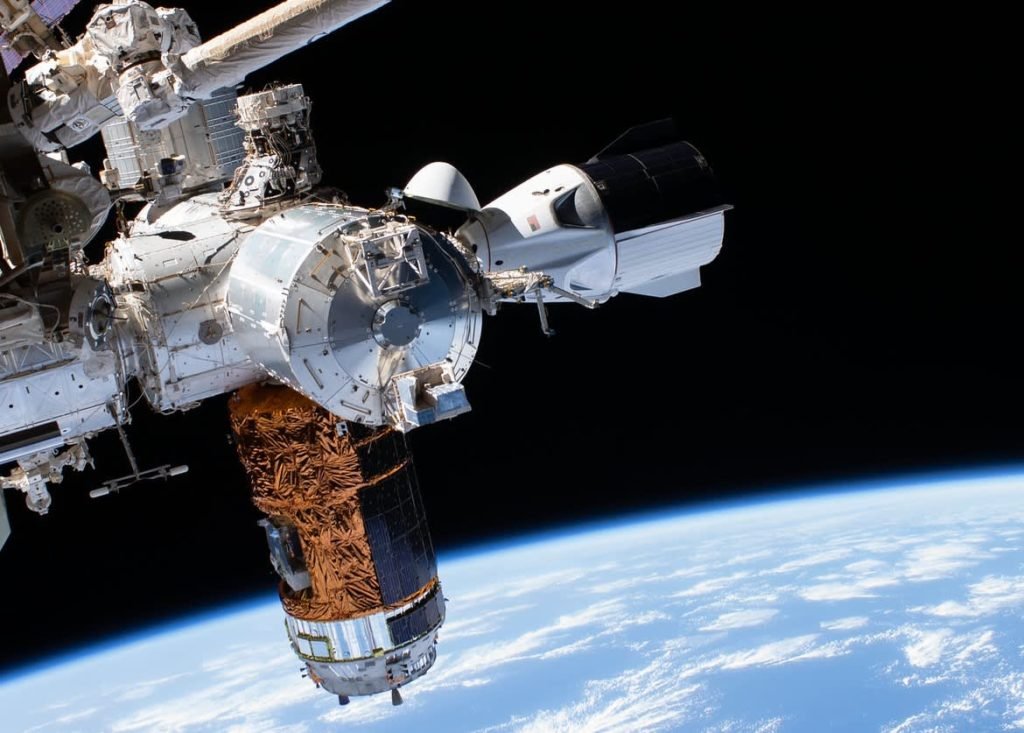The National Aeronautics and Space Administration last year completed two decades of International Space Station operations. However, as age catches up with the floating research laboratory, NASA is looking to private companies for setting up such labs in low Earth orbit, CNBC reported.
NASA Unveils $400 Million Program To Allow Private Companies Build New Space Stations
With the Commercial LEO Destinations (CLD) projects, the space organization unveiled recently, up to $400 million has been planned to be awarded to four companies in 2021 Q4 to start development of private space stations.

The initiative is aimed at building on the success of its Commercial Cargo and Commercial Crew programs. Under the programs three companies now send astronauts and cargo to the International Space Station.
According to NASA commercial LEO director Phil McAlister, he looked at the low Earth orbit domain as three main activities – crew transportation, cargo transportation, and destinations. The responsibility of crew and cargo transportation is with private companies, SpaceX, Northrop Grumman and Boeing. While SpaceX and Northrop Grumman send cargo spacecraft to the ISS, launching astronauts is handled by SpaceX and Boeing. McAlister pointed out that all the three activities were earlier under NASA ownership.
McAlister added in a briefing Tuesday that if it were to carry on as earlier, the aspirations of the agency in low Earth orbit would be limited by NASA’s budget. He said the private sector entry into these sections and areas as suppliers and users, had expanded the pot and now there were more people in low Earth orbit.
According to commentators a key aspect of the CLD program was the cost savings to NASA from being a space station user rather than operator and owner. While the operational costs of the International Space Station to NASA come in around $4 billion in total every year, it cost $150 billion to build and develop which was mostly picked up by NASA with Canada, Japan, Russia, and Europe contributing.
The space agency estimated last year that the Commercial Crew program alone had saved between $20 billion to $30 billion, on development of two spacecraft, as against just one. While Boeing was in the development testing stage, after it suffered a setback due to the failed launch of its uncrewed Starliner capsule in December 2019, NASA astronauts were now flying aboard SpaceX’s Crew Dragon spacecraft in regular operations.
Another consideration for starting the CLD program was the aging hardware of the ISS given that the core structures of the space station were mostly built in the 1990s while the addition of the final pressurized structure was undertaken in 2011. Russian cosmonauts last year patched a small air leak in a module of the space station.
McAlister said that the ISS was an amazing system, but it would unfortunately not last forever. He added, it could be hit with an unrecoverable anomaly any time.
For NASA the CLD program worked to allow multiple companies develop and build new habitats over the next few years, so that the agency had an overlap period before the ISS was retired. McAlister added that apart from the CLD program, spaceflight specialist Axiom Space had been awarded a $140 million contract by the agency to build modules for adding to the ISS. When the ISS was retired, Axiom planned to detach the modules. The modules would then be turned into free-flying space stations by Axiom.
McAlister said the agency was making progress there and was very pleased about that. He added NASA would like to have competition in the supply area, which was the reason for CLD. He added, it had always been NASA’s plan to have free fliers and also attach modules.